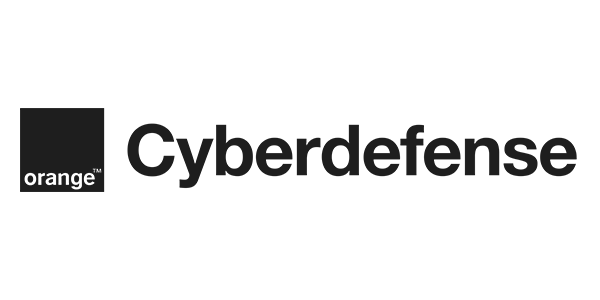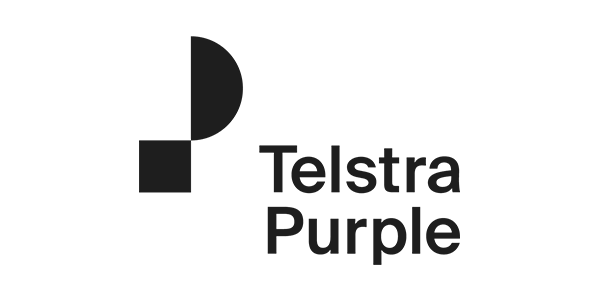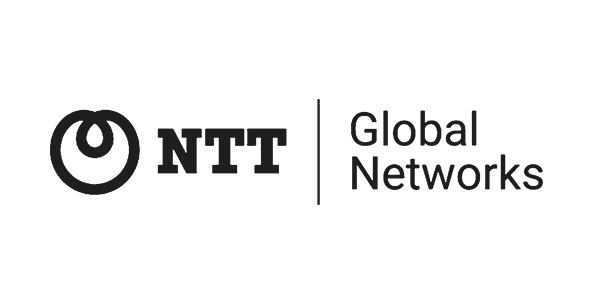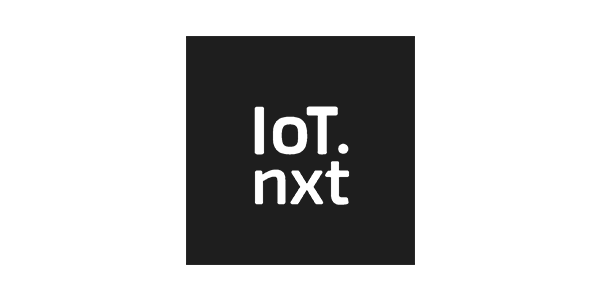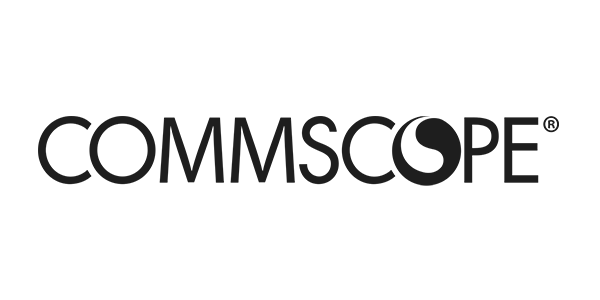Marketing to multiple roles for complex B2B solutions
The selling and marketing of technology used to be a straightforward exercise that focused on the IT department. Now, business departments buy technology solutions directly without the involvement of IT. What are the implications for content marketing?
As enterprise technology solutions become increasingly complex, more people outside IT are involved with procurement as either buyers or influencers. Vendors and service providers must overhaul their messaging and content to resonate with this wide range of buyers.
One key reason is the emergence of the cloud, which has made it easy for business units to procure their own technology services without involving the IT department. While governance, waste, and shadow IT are key concerns, this shift also significantly impacts how these services should be marketed.
This move has led to marketing teams adding new personas to their target accounts, such as HR, finance and manufacturing operations. Content targeting them will require messaging more attuned to their target’s desired business outcomes.
However, it’s not just a single role you need to target with your marketing. In fact, according to research from Gartner, on average 8.2 stakeholders are involved in the purchase decision for a complex B2B solution, up from 6.8 in 2015 – an 20% increase in a decade.

Messaging and language
The pain points of these new stakeholders will differ from those in the IT department or your traditional target markets, so the messaging and content will need to reflect that.
For example, the challenges of the HR department will be around employee engagement, recruitment and performance management, whereas the IT department might be more concerned about skills, governance and systems integration.
In addition, it is vital to use the most appropriate language for that specific role when formulating messaging. Avoid technology jargon and focus on the business benefits related to their function.
Case studies and use cases
Case studies are essential to demonstrate that you understand the business requirements for these job roles. If you have customers in the role who are unwilling to be part of a named case study, consider anonymizing it to ensure that they can’t be identified. More details can, of course, be outlined by the sales team during their direct engagement.
And if case studies prove problematic to source – perhaps because this is a new area you are targeting – then use cases can be a good starting place. Essentially use cases are theoretical scenarios that show how the solution can meet the pain pains and business objectives you identified.
Advertising and communications
If you are considering LinkedIn advertising, these additional roles can be identified in the platform. Any ads and content shared as part of the campaign should use the messaging developed for the role.
The same is true for PR and communications efforts, which must encompass new publications, journalists, and influences to raise awareness within these different areas. So, in other words, if you are selling an IoT solution to a factory manager, you can raise awareness of your expertise in the area by targeting manufacturing trade magazines for byline articles or other commentary.
Targeting in action
Futurity has extensive experience helping organizations adjust their marketing messaging and content to support this persona-based strategy. Here are a couple of examples
- What cyber-extortion means to CxOs
Ransomware attacks, which can be grouped under the label of cyber-extortion, affect the entire organization, not just the IT department. Europe’s leading cybersecurity service provider wanted a series of documents that would help contextualise the danger of cyber-extortion for each of the different board roles.
The idea was to demonstrate the specific risks that faced them, and why they should be involved in choosing the solution, rather than simply referring it to the CIO or CISO to deal with it. To that end, we worked with the client’s experts to produce targeted guides that looked at the impact and the challenges around cyber-extortion for the CEO, CFO, CIO and CRO – along with a combined document that brought it all together.
For example, the CEO guide focused on determining how real the threat is, what the worst-case scenario was, and how much they should invest in protection. On the other hand, the CFO needs to determine the financial risk of cyber-extortion and how to balance the cost of protection to its benefits.
- Targeting specific individuals for ABM
Another client, a large IT services organisation, was targeting a specific energy company as part of an ABM campaign. In addition to researching and targeting content based on the vertical industry challenges the customer experience and wider solutions (such as integration) could address, we also worked on further refining the messaging for roles within the company.
These roles were identified as the chief digital officer (CDO), CIO, customer experience, employee experience, IT and network. Because this campaign was targeted at a specific company, we further refined the messaging and content to address a particular individual within the role. This allowed us to be super-specific about their strategy and challenges based on information on previous investments for example.
- Collaboration and productivity
A large IT services organization, a global partner for Microsoft, Cisco and Zoom, wanted to demonstrate its capabilities in integrating, installing, and training modern productivity solutions. Traditionally, on-premise communications solutions have been procured by the IT or telecoms team, with a little input from finance. In the modern workplace which embraces hybrid working, the choice of productivity tools impacts so many more roles, so they need to be involved in procurement.
Facilities is tasked with redesigning workspaces so they are more ‘magnet than mandate’. Operations managers need to get the tools into the hands of field workers that improve workflows. Business units want to embrace low-code and no-code programming so they can develop their own tooling. Security needs to ensure that company data is protected wherever it is accessed. All these stakeholders have different requirements, so even though the core product offering was same, the campaign needed extensive messaging, focused content that aligned personas with their challenges, and targeted ads.
To find out more about the role of personas in ABM read our ebook (also available as a free PDF download).
Author:


![Create the ideal white paper in eight weeks [infographic]](https://www.futuritymedia.com/wp-content/uploads/2020/02/Futurity-Whitepaper-Timeline-Graphic-v6-header.jpg)

![New to ABM? Follow these 5 steps to drive complex sales [UPDATED]](https://www.futuritymedia.com/wp-content/uploads/2023/04/shutterstock_1225782988.jpg)





